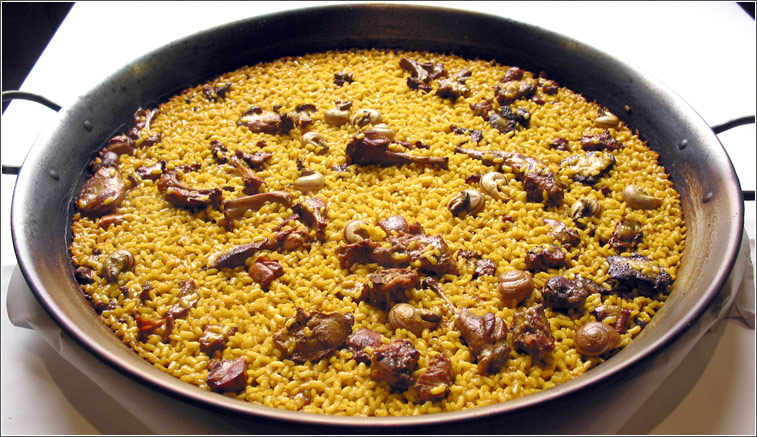Decline and Fall

Besides perfume and cars there are multiple adverts on Spanish telly for food. Particularly for fast food or franchised food chains - Foster's Hollywood, KFC, Domino's - or for quick to eat food - Casa Tarradellas pizzas, Yatekomo noodles. Now I'm not a discerning diner. I was a big fan of Spam, I like crabsticks and I still buy el Pozo meat products despite seeing the stomach turning documentary on TV. But I have to say that the adverts are putting me off a bit. The food is all so shiny and bathed in red or yellow sauce of dubious parentage. Eating with hands squidged over with sauce appears to be a positive thing. I have a Spanish pal who is very set in his ways. From what I can tell he eats a lot of very traditional Pinoso food. If it's not local then, whether it's at home in a restaurant, he sticks to the tried and tested - grilled meat, stews, rice dishes and the like. I usually meet this friend around 12.30 so, a long hour later, I'm saying goodbye because...











